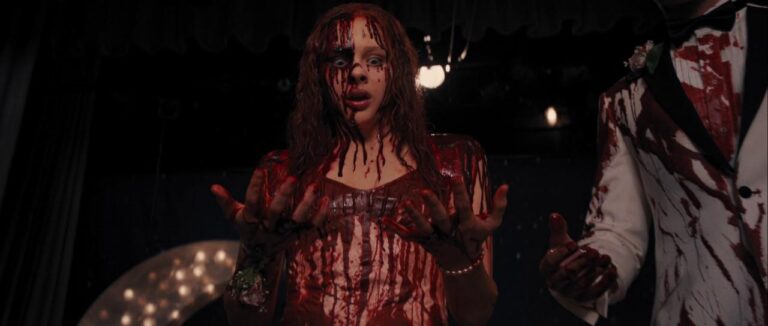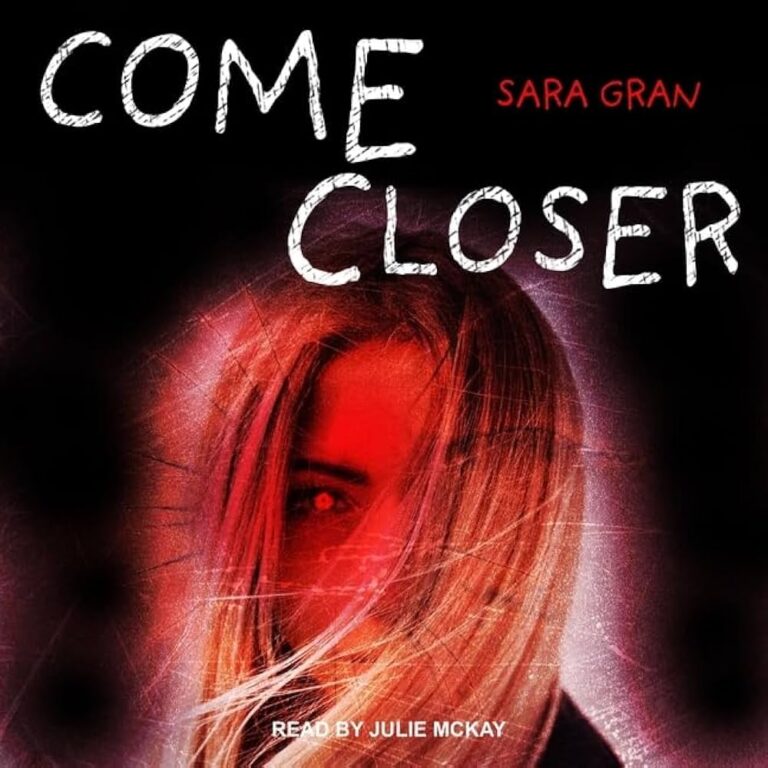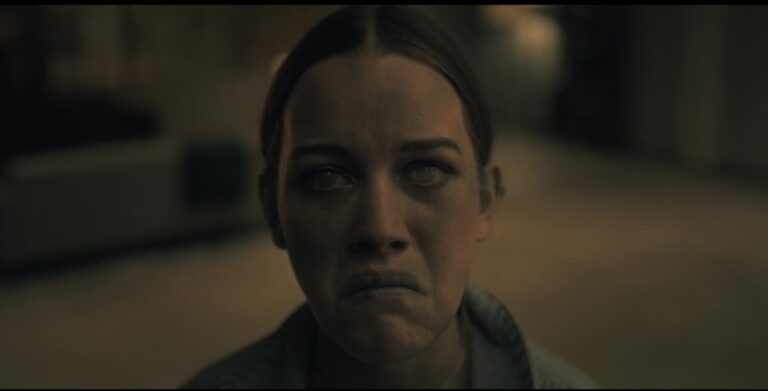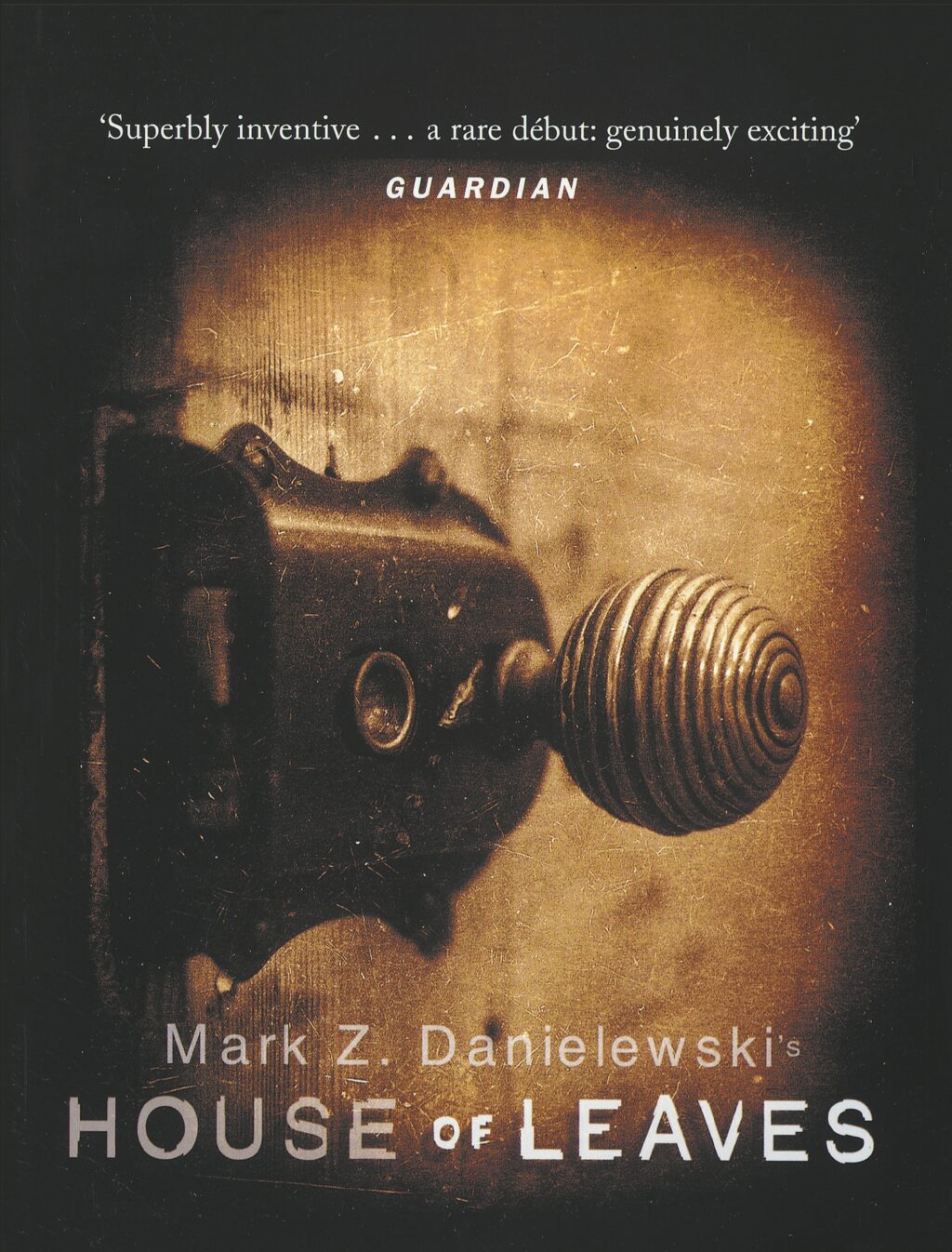
Most people I know never finished House of Leaves. And it’s not because it’s boring. It’s because somewhere in the middle, maybe after the fifth footnote rabbit hole or the fourth time the layout breaks your brain, you start to feel like you’re not reading the book anymore. You’re in it. Or maybe it’s in you. Hard to tell.
It’s not the weird formatting. It’s not creepy vibes of the story. It’s more psychological than that. Deep. Quiet. And if you’ve ever struggled with your own mind, your memory, your perception, the feeling that something is off even when everything looks fine on paper, then this book shakes you different. It doesn’t scare you like a horror movie. It shakes loose something you weren’t ready to look at.
The House Isn’t Evil. It’s Familiar.
Let’s start with the house. You know the basics: it’s got a hallway that shouldn’t exist. The dimensions don’t add up. Then it gets bigger. Then it becomes a maze. People get lost in it. Some don’t come back. It sounds like a haunted house, but it doesn’t act like one. The house doesn’t whisper your name or throw dishes across the room. It just exists. Quietly wrong. And that’s what makes it real. That’s what makes it feel like trauma. Because trauma isn’t loud. It doesn’t announce itself. It just sits there, like a dark hallway behind a familiar door, waiting for you to look at it. Navidson (the guy filming the house) wants to understand it. Control it. Map it. But the deeper he goes, the less sense it makes. That’s how it is when you try to make sense of something you weren’t built to handle. Something you’re not supposed to be able to fix.
Johnny’s Losing It (And So Are You)
Then there’s Johnny Truant. He’s the guy who finds the manuscript about the house and starts adding his own notes. At first, he’s just this guy with a messed up past and a weird sense of humor. But slowly, you start to see the cracks. He’s not sleeping. He’s seeing things. He’s spiraling. And it’s all about the stuff he hasn’t dealt with. Stuff that’s bleeding into everything he touches. That’s the sneaky part. You come for the haunted house, but you stay for the mental collapse. Because Johnny’s voice starts to feel familiar. The way he skips around things. The way he tells half a story and then ghosts it. The way he laughs at things that aren’t funny. That’s what trauma looks like when it talks. It avoids. It distracts. It loops. Reading his footnotes feels like reading the diary of someone who’s pretending they’re fine but absolutely aren’t. And the longer you stay with him, the more you start to question your own grip on the story.
The Book Makes You FEEL What It’s About
People always say the structure is what makes this book “special.” The pages with just one word. The backwards writing. The mirrored text. The insane footnotes inside footnotes inside footnotes. But that stuff isn’t just for show. It’s part of the psychology. The layout forces you to feel confused. Frustrated. Lost. You have to flip the book around, reread, cross reference. You lose the thread constantly. That’s exactly what it feels like to be in the middle of a mental breakdown. Or a panic attack. Or just years of buried grief that suddenly decides to come back up. It makes your body feel what the characters are feeling. That disorientation, that sense of unreality, that creeping dread that something’s deeply wrong and you’re the only one who notices. It’s not a book that describes madness. It induces it, just enough for you to recognize the shape of it.
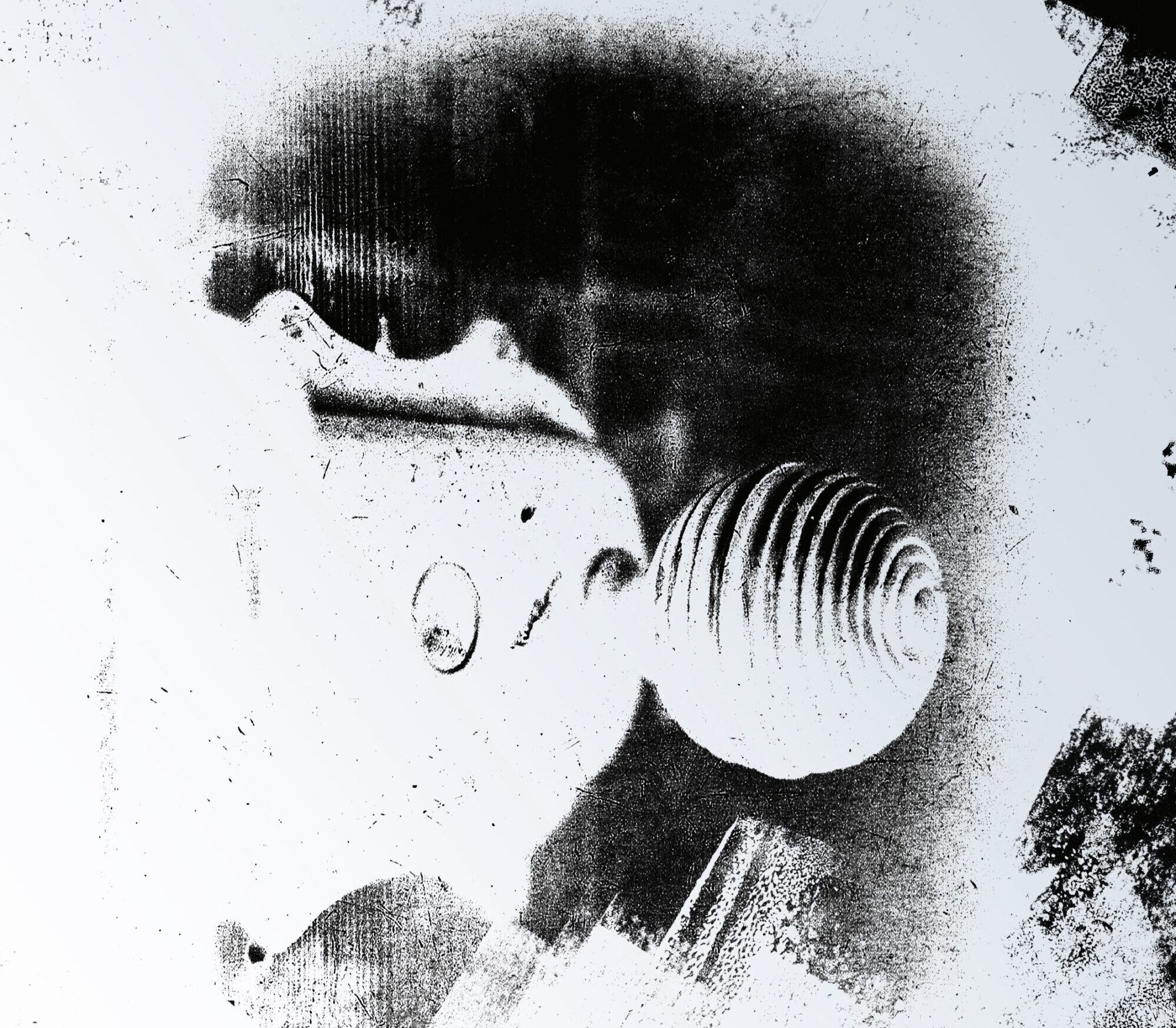
Nobody Believes You. That’s the Horror.
Here’s what really messes people up: nobody in the book really believes the house is what it is. Not at first. Not really. And Johnny keeps trying to explain what’s happening to him, but no one’s listening. Or they don’t care. Or they leave. That wrecks you if you’ve ever tried to explain mental illness to someone who doesn’t get it. If you’ve ever tried to say “I’m not okay” and had someone say “you’re just tired” or “you’re being dramatic.” That’s what this book captures better than almost anything else: the isolation. The gaslighting, even when it’s unintentional. That thing where you start to wonder, “What if I am making it up? What if I am crazy?”
The House Never Ends (Just Like The Story)
There’s no real ending. No clean resolution. No monster behind the curtain. Because that’s not what the book is about. The house doesn’t need to do anything dramatic. Its existance is enough to ruin people. That’s trauma. That’s depression. That’s anxiety. It doesn’t always explode. Sometimes it just sits there, warping your perception of everything else.
It’s a Mirror. Not a Maze.
The scariest part of House of Leaves isn’t the house. It’s what the house pulls out of the people inside it. Their fears. Their guilt. Their denial. Their avoidance. Their need for control. And that’s why this book shakes some people harder than others. If you’ve got your own buried stuff, it stirs it up. If you don’t, maybe it just feels weird and overhyped. But if you do know what it’s like to try and map something impossible inside your own head, grief, trauma, memory loss, dissociation, whatever, then this book doesn’t feel clever. It feels familiar. And maybe that’s why so many people bail halfway through. Not because it’s boring. Because it’s too real to face.
